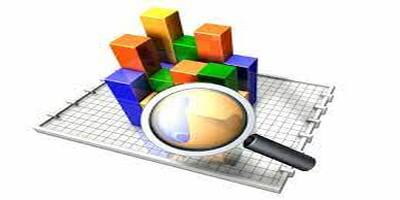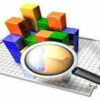Table of Contents
- Introduction
- Defining Reporting and Analytics
- Purpose and Scope
- Key Differences
- Nature of Data
- Time Frame
- Focus and Usage
- User Interaction
- How Reporting Works
- How Analytics Works
- FAQs
- Is Reporting and Analytics the Same Thing?
- Can You Use Analytics for Real-time Reporting?
- How Do Reporting and Analytics Influence Decision-Making?
- What Tools Are Commonly Used for Reporting and Analytics?
- Are Reporting and Analytics Essential for Every Business?
- Conclusion
Introduction
In the dynamic landscape of business intelligence, understanding the nuances between reporting and pivotal. This article delves into the distinctions between the two, shedding light on their unique roles, functions, and impacts on decision-making.
Defining Reporting and Analytics
Before diving into the disparities, let’s establish clear definitions for reporting and analytics. Reporting involves the collection and presentation of data in a structured format, offering insights into past events and performance. On the other hand, there is the process of examining data sets to extract meaningful patterns, correlations, and trends, guiding future actions and strategies.
Purpose and Scope
The primary purpose of reporting is to provide a snapshot of historical data, offering a summary of what has happened. they in contrast, focuses on predicting future trends based on historical patterns, enabling proactive decision-making. While reporting is retrospective, analytics is prospective, shaping a more forward-looking approach.
Key Differences
Nature of Data
Reporting deals with structured data, presenting a clear picture of historical performance metrics. they, however, involves both structured and unstructured data, allowing for a more holistic examination of information, including patterns not immediately evident.
Time Frame
Reporting typically operates on a predetermined schedule, often providing regular, scheduled updates. Analytics, on the other hand, is more dynamic, capable of offering real-time insights, facilitating agile decision-making.
Focus and Usage
Reporting tends to focus on key performance indicators (KPIs) and is more about monitoring and compliance. they conversely, is geared towards identifying trends, predicting outcomes, and optimizing processes, contributing directly to strategic planning.
User Interaction
Reporting is often static, with predefined templates., encourages exploration and interaction, allowing users to drill down into data, uncovering deeper insights and correlations.
How Reporting Works
Reporting systems are designed to pull and organize data from various sources, presenting it in a standardized format. Users can generate predefined reports, offering a structured overview of historical data. This approach is valuable for compliance, routine monitoring, and historical performance analysis.
How Analytics Works
Companies driven by advanced algorithms and statistical models, involves data exploration and discovery. It encompasses data mining, predictive modeling, and statistical analysis, providing businesses with actionable insights. analytics tools enable businesses to forecast trends, identify emerging opportunities, and make informed decisions in real-time.
FAQs
1- Both are the Same Thing?
Ans- No, reporting and analytics serve distinct purposes. Reporting focuses on summarizing historical data, while they involves predicting future trends based on data patterns.
2 Can You Use Analytics for Real-time Reporting?
Ans- Yes, they can provide real-time insights, making it a powerful tool for both retrospective analysis and proactive decision-making.
3 How Do Influence Decision-Making?
Ans- Reporting aids in monitoring past performance, ensuring adherence to goals. Analytics, on the other hand, guides future decisions by predicting trends and identifying opportunities or potential issues.
4 What Tools Are Commonly Used for ?
Ans- Common reporting tools include Excel, Tableau, and Google Analytics. Analytics tools encompass a broader range, including Python-based libraries, machine learning algorithms, and platforms like IBM Watson.
7.5 Are Reporting and Analytics Essential for Every Business?
While the extent may vary, integrating reporting and analytics is crucial for informed decision-making in nearly every industry. It empowers organizations to stay competitive and adapt to changing landscapes.
8. Conclusion
In conclusion, understanding the distinctions between both is vital for businesses aiming to leverage data effectively. While reporting provides a retrospective lens, they offers a forward-looking perspective, enabling organizations to not only assess past performance but also strategically plan for a more dynamic and adaptive future. By comprehending the unique functions of , businesses can optimize their data-driven decision-making processes and stay ahead in today’s competitive environment.





